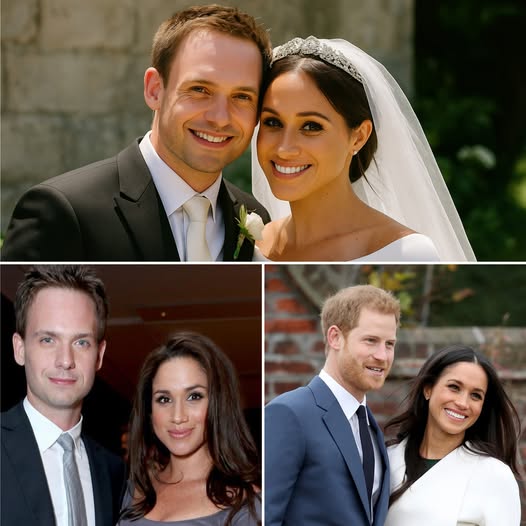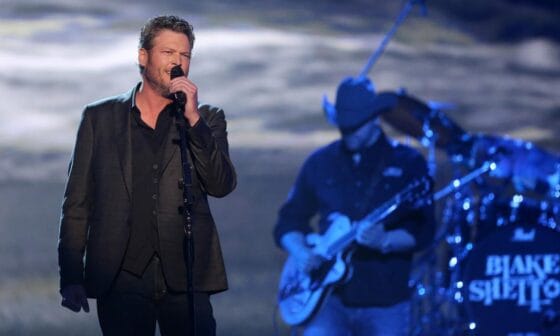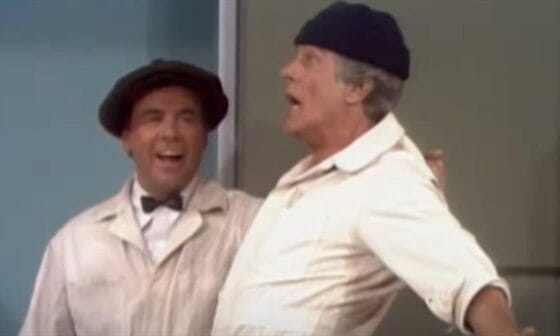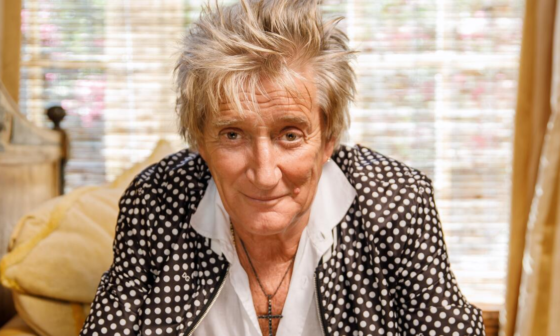Hearken now, ye who delight in tales of love and fate, for I shall recount not what was, but what might have been, had the Fates drawn their threads differently. Before the name of Meghan was whispered in the hallowed halls of Windsor, she was known simply as Rachel of Zane — a lady fair and wise, whose grace adorned the realm of Suits, that long-running drama of law and loyalty.
Beside her stood a noble companion: Patrick of House Adams, bearer of the role of Mike Ross. Their likeness did burn upon the screen with rarest flame, and the people, who are ever hungry for stories of love, did wonder: What if this passion were not mere performance, but truth made flesh?
Imagine, gentle reader, that such a vision came to pass.
In this alternate telling, the bond betwixt Meghan and Patrick did not vanish when the lights of the set were dimmed. Nay — it deepened. Rehearsals became candlelit confessions, scenes turned into sonnets, and laughter echoed in the quiet hours past dusk. By the year two thousand and sixteen, whispers in the corridors of Hollywood told of a secret courtship. Though others were oft linked to the Lady Meghan, many knew in their hearts: it was Patrick who held her gaze.
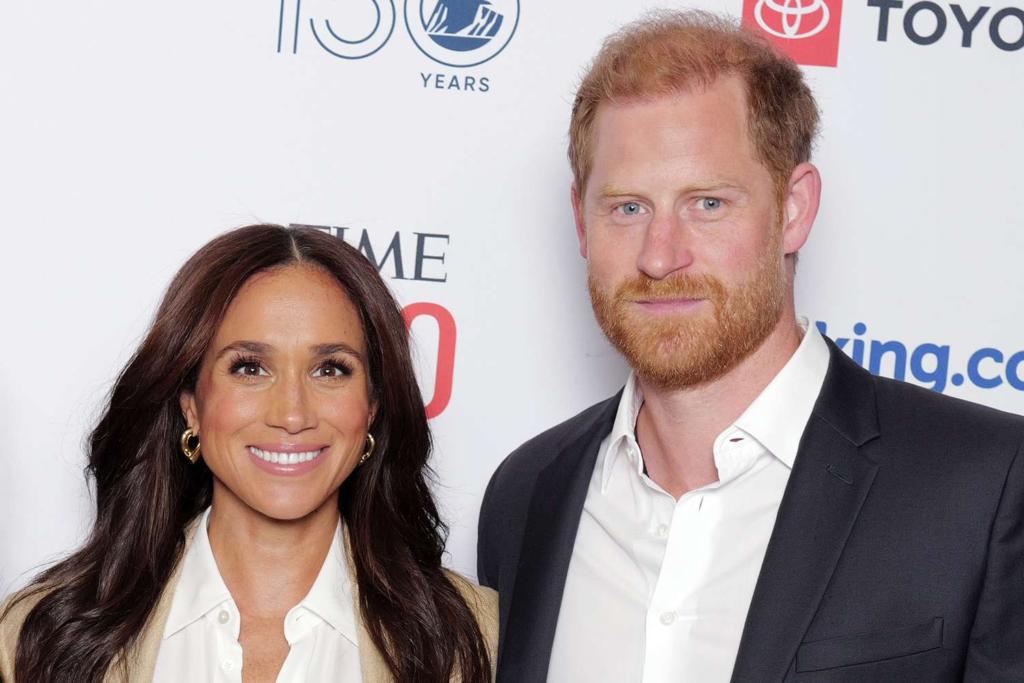
And lo! By the year of our Lord two thousand and eighteen, where in our world she did walk the stone-paved aisle of Windsor Castle to wed Prince Harry of House Windsor, here she walked instead beneath a bower of roses in Los Angeles, her hand clasped in Patrick’s, her gown trailing in the sun-drenched breeze of California.
It was no royal union, yet it drew sovereigns of another kind: George of Clooney, Serena the Swift of Foot, Oprah the Wise, and all the brethren of Suits assembled in joy. The scribes of the realm dubbed it “The Royal Wedding of Hollywood,” and the celebrations rang with mirth and music.
Their paths did not end there. Patrick, ever curious and bold, turned his hand to directing, crafting tales behind the lens, while Meghan, now a wife and woman of renown, strode between red carpets and relief efforts, blending stardom with service. They became a pair oft compared to Blake of Lively and Ryan of Reynolds — beloved, bright, and bound by shared purpose.
Yet no tale is without its tempests. The life of fame doth bring both light and shadow. Rumors blew as bitter winds, and schedules tore at their time together. But unlike the burdens of monarchy — those gilded chains of palace rule and relentless scrutiny — here Meghan knew freedom. She bore no title save the one she chose. She answered to no court but her conscience. And Patrick stood beside her, not as prince, but as equal.
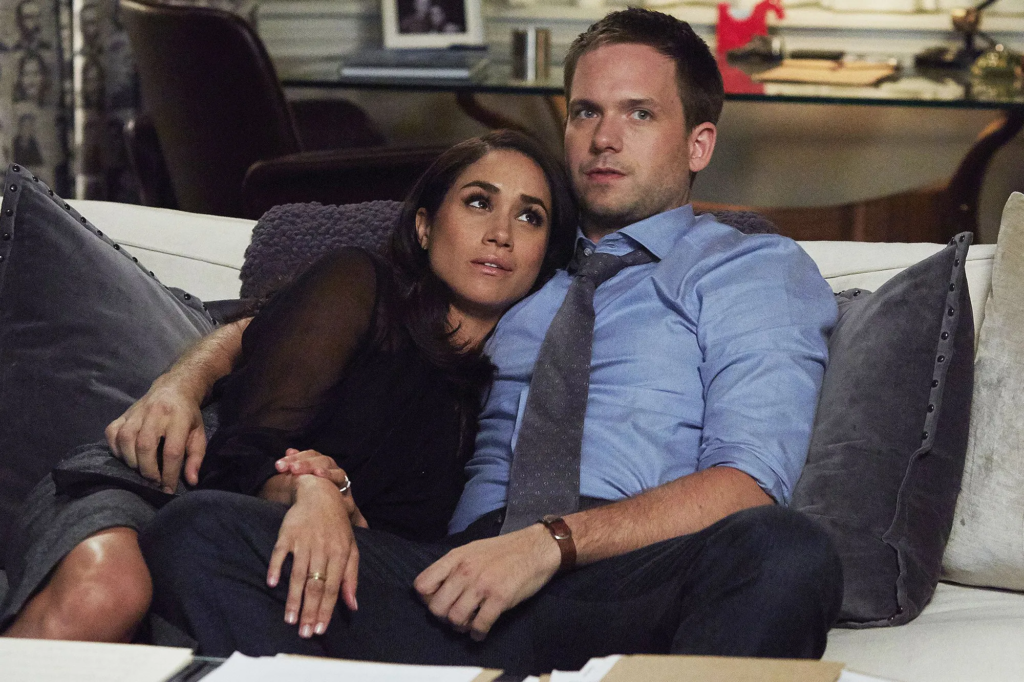
By the middle years of the third decade, the people named them “The Adams-Markles,” and their names were spoken with reverence in both halls of art and chambers of advocacy. Together they forged a foundation that upheld the rights of women, the dignity of learning, and the just image of all peoples in the realm of stories.
And so, folk looked back upon Suits, that humble tale of court and counsel, and they smiled. For what once seemed but fiction had, in this imagining, become legacy.
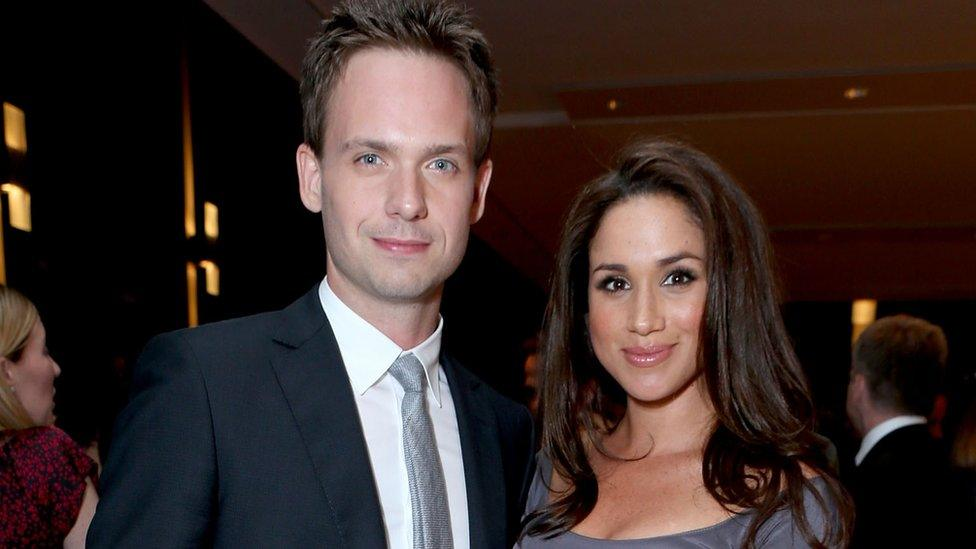
Thus ends this imagining — a tale not of crowns and castles, but of courage and kindred souls. Let it be known: not all happily-ever-afters are writ in gold or carved in history’s stone. Some are forged in laughter, in love, and in the quiet courage of two hearts who chose each other.
So say we all.
